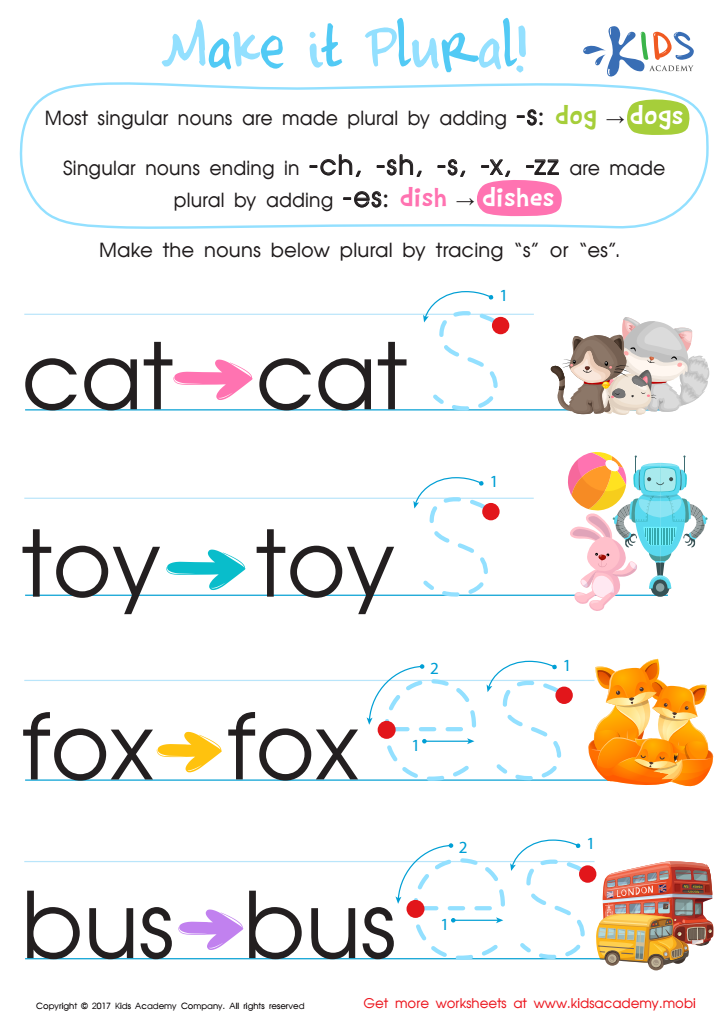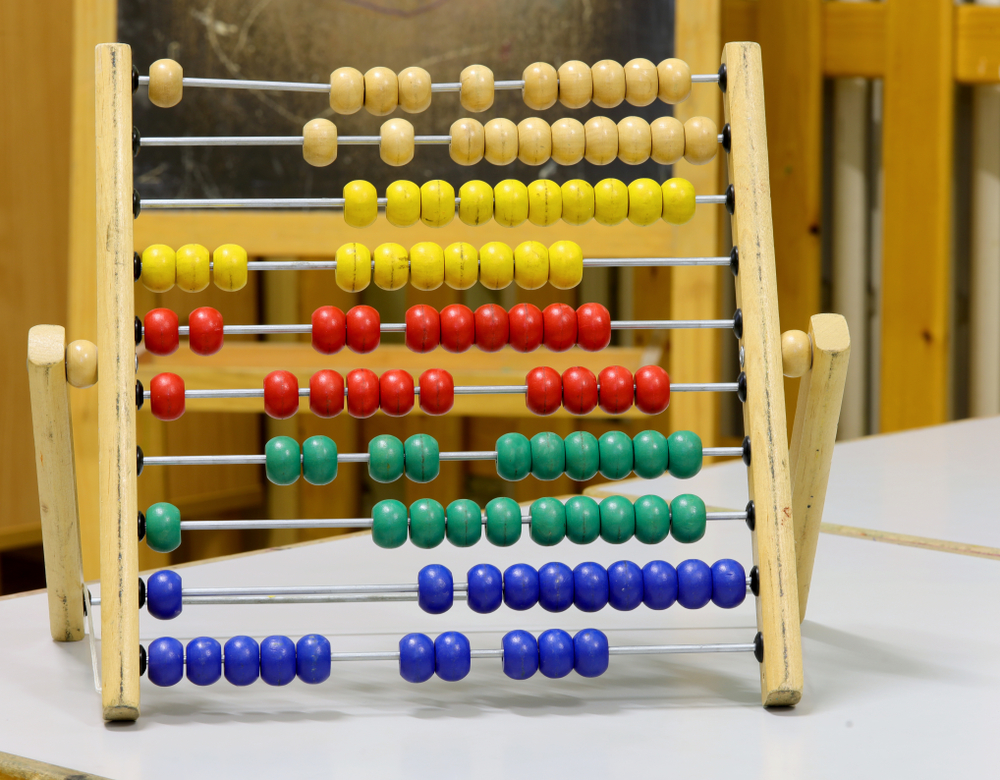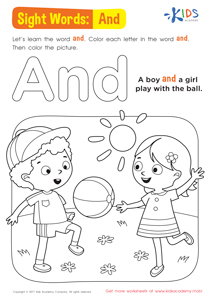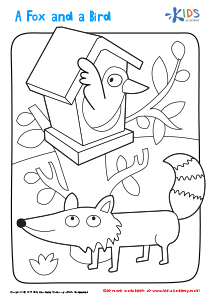Easy Tracing Letters worksheets activities for Ages 4-6
1 filtered results
-
From - To


Make it Plural Worksheet
Easy Tracing Letters worksheets activities are a cornerstone in the foundational process of learning for young students and children. These carefully designed educational tools are not just about guiding a pencil over dotted lines; they are about opening doors to communication, creativity, and critical thinking. Here’s why incorporating Easy Tracing Letters worksheets activities into early education is immensely beneficial:
-
Boosts Fine Motor Skills: The act of tracing letters requires children to use their hand muscles in specific ways. As they follow the shapes of the letters, they refine their fine motor skills, enhancing their ability to perform tasks that require precise movements, such as writing, cutting, and even buttoning clothes.
-
Improves Handwriting: Regular practice with Easy Tracing Letters worksheets sets the foundation for good handwriting. By repeatedly tracing the letters, children learn the correct stroke order and direction, leading to neater, more legible handwriting as they grow older.
-
Enhances Letter Recognition: These activities are instrumental in teaching children to recognize different letters of the alphabet. Recognizing letters is the first step in learning to read and write. By tracing letters, children become familiar with their shapes, making it easier for them to recall and identify them elsewhere.
-
Promotes Learning Discipline: Engaging in tracing letters worksheets helps instill a sense of discipline and focus in young learners. Completing these activities requires concentration and patience, skills that are valuable not only in their academic journey but in everyday life as well.
-
Fosters Confidence and Independence: Successfully tracing letters and seeing their progress gives children a sense of accomplishment. This boosts their confidence and encourages them to take on more challenging tasks independently, fostering a love for learning.
In conclusion, Easy Tracing Letters worksheets activities are much more than simple exercises; they are a multidimensional approach to learning that nurtures a child’s developmental milestones. Through tracing, children not only learn the alphabet but also develop skills that form the basis for reading, writing, and beyond.
 Assign to the classroom
Assign to the classroom











